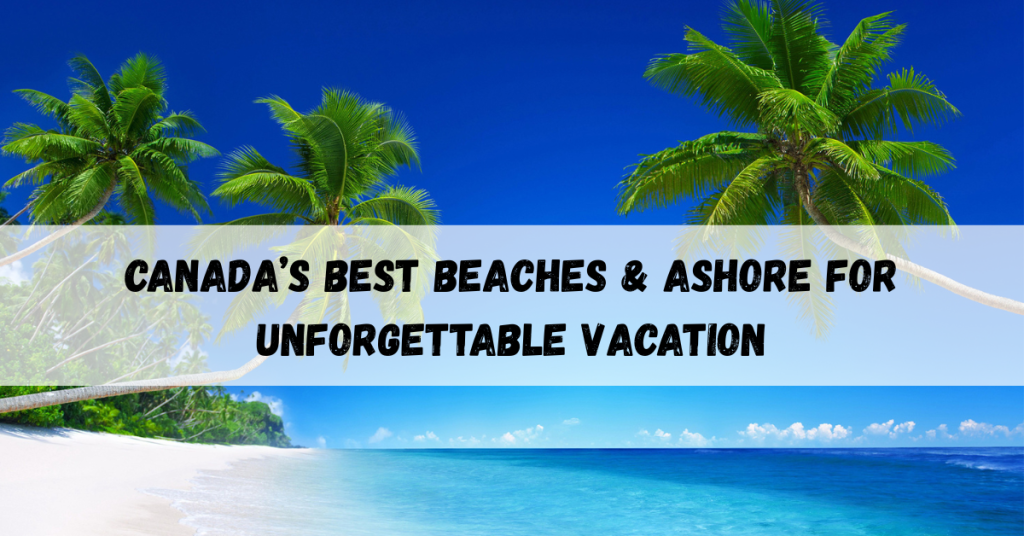When people think of Canada, they often picture snow-capped mountains, vast forests, and bustling cities. But Canada is also home to some of the most breathtaking beaches in the world. From the sandy shores of Prince Edward Island to the rugged coastline of British Columbia, Canada beach guide offer something for everyone. Whether you’re looking for adventure, relaxation, or unique natural wonders, Canada’s shores are waiting to be explored.
Why Canada’s Beaches Are Unique?
Canada’s coastline stretches over 243,000 kilometers, making it the longest of any country in the world. This means there’s an incredible variety of beaches, from warm sandy shores to wild, rocky coastlines. Unlike tropical destinations, Canada’s beaches often feature dramatic landscapes, crystal-clear freshwater lakes, and rich marine wildlife. Whether you prefer sunbathing, surfing, or wildlife spotting, Canada has a beach for you.
Wasaga Beach, Ontario
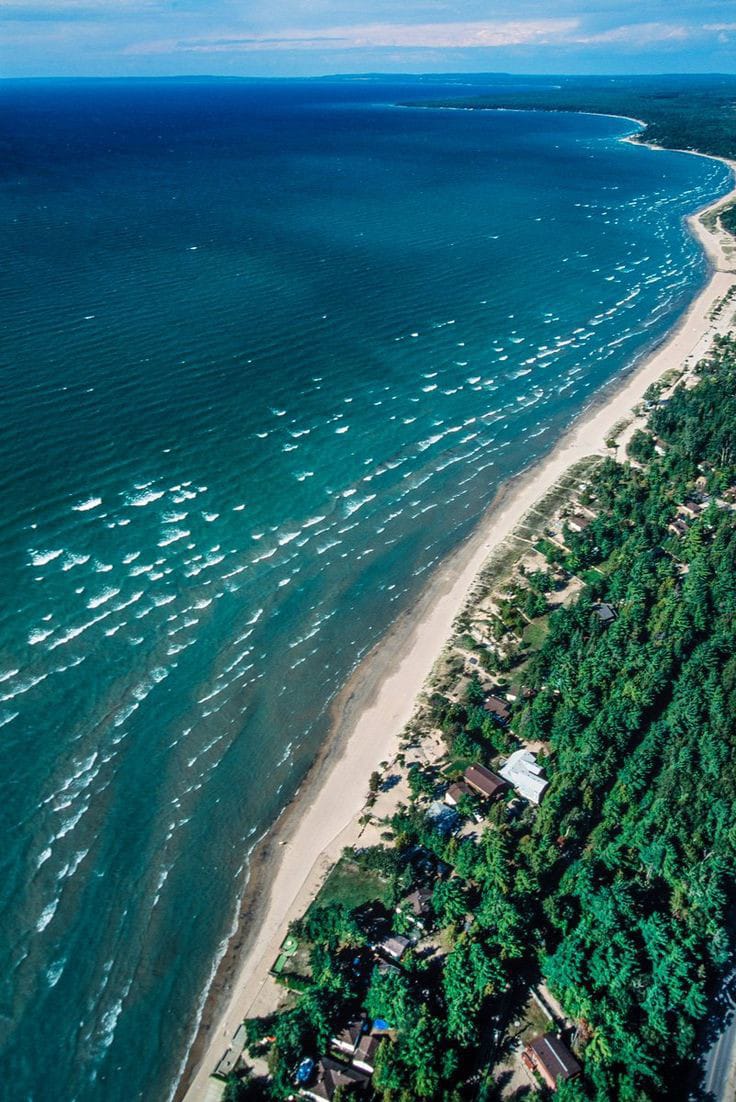
- The longest freshwater beach in the world
- Perfect for swimming, beach volleyball, and picnicking
- Located along the shores of Georgian Bay
Wasaga Beach is a summer hotspot in Ontario, attracting thousands of visitors each year. With soft golden sand stretching for over 14 kilometers, it’s an ideal spot for families, sunbathers, and water sports enthusiasts. The warm, shallow waters make it great for swimming, while the nearby town offers plenty of dining and entertainment options.
Long Beach, British Columbia
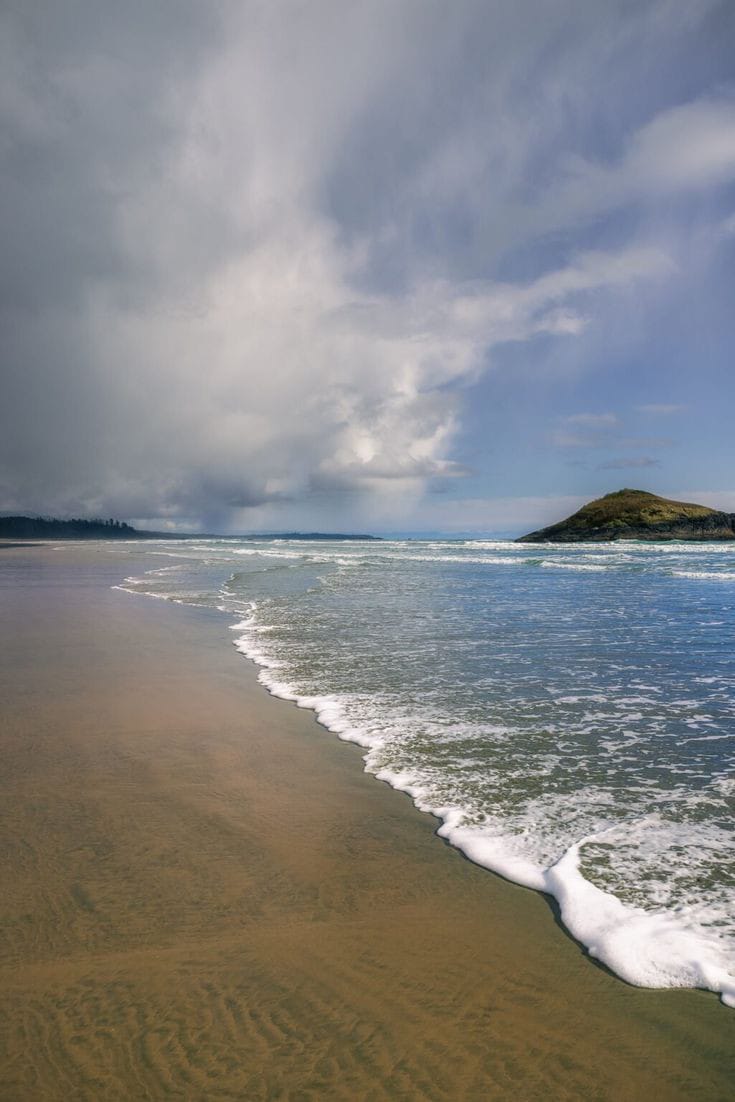
- One of Canada’s best surfing destinations
- Located in Pacific Rim National Park Reserve
- Surrounded by lush rainforest and scenic trails
Long Beach is a dream destination for nature lovers and adventure seekers. With its powerful waves and stunning scenery, it’s a paradise for surfers and beachcombers alike. Even if you’re not into surfing, the surrounding rainforests and hiking trails make this a must-visit spot on Vancouver Island.
Singing Sands Beach, Prince Edward Island
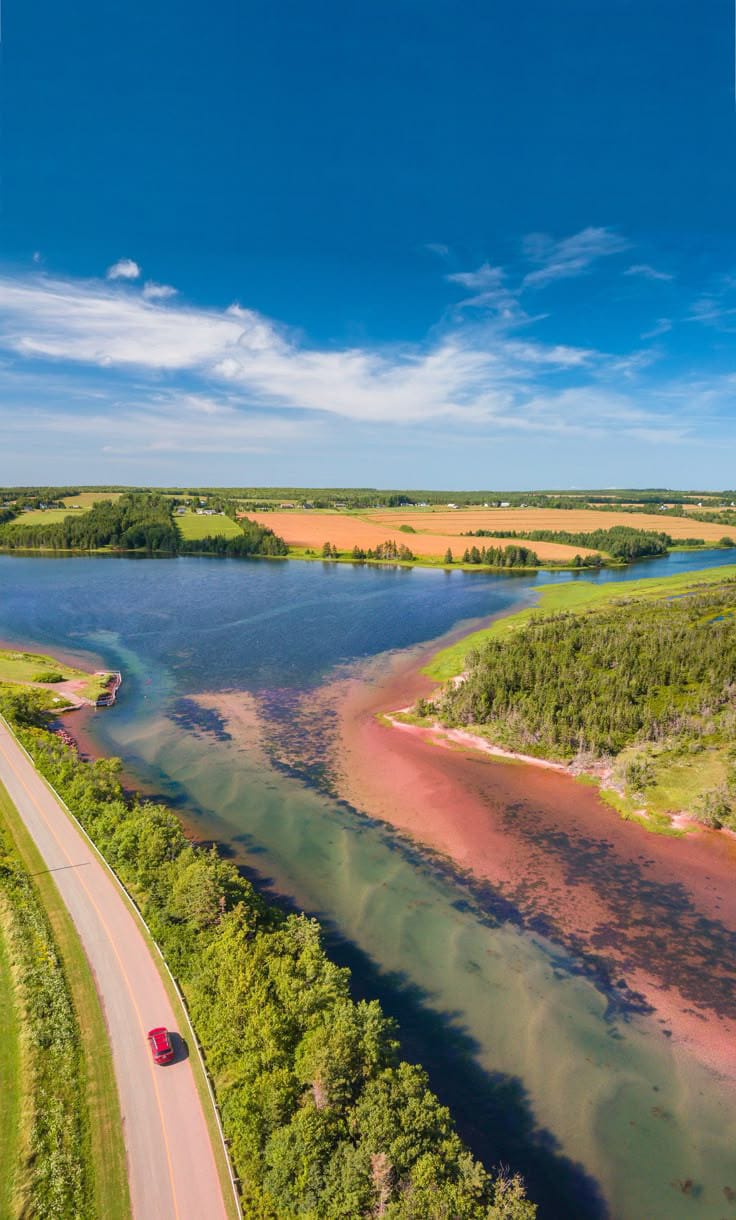
| Feature | Details |
|---|---|
| Type | Saltwater beach |
| Best for | Swimming, relaxing, and beachcombing |
| Unique Experience | The sand makes a musical sound when walked on |
Located in Basin Head Provincial Park, Singing Sands Beach is one of the most unique beaches in Canada. Due to the high silica content, the sand emits a squeaking sound when stepped on. With warm shallow waters and stunning surroundings, this beach is a must-visit.
Ingonish Beach, Nova Scotia
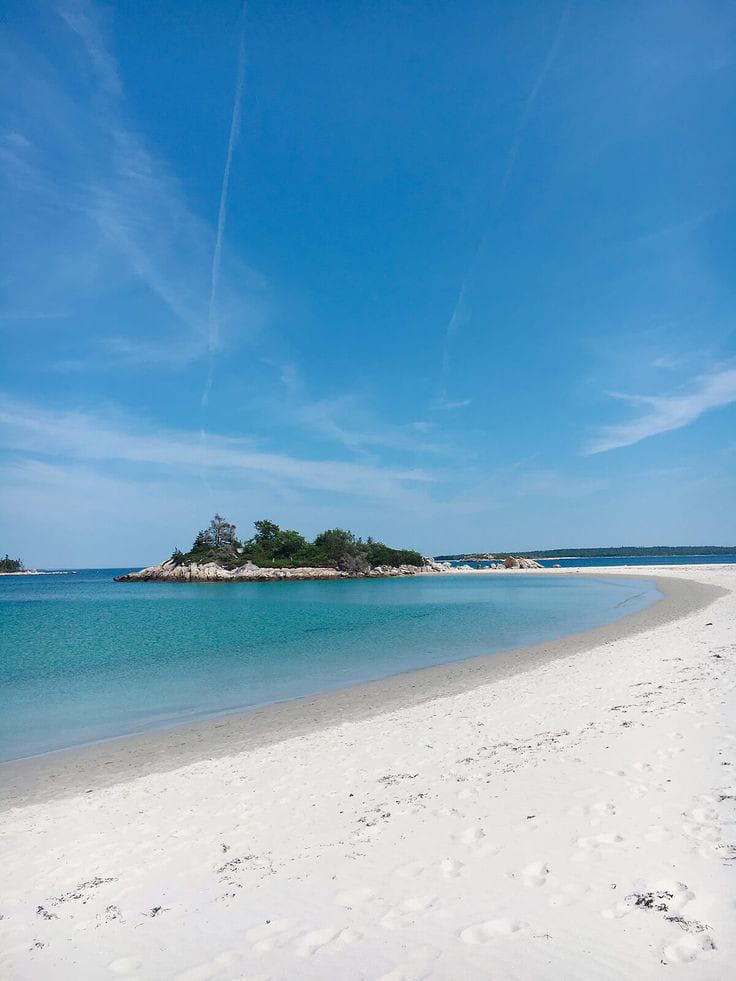
- A rare beach with both ocean and freshwater swimming
- Located within Cape Breton Highlands National Park
- Stunning views of surrounding cliffs and forests
Ingonish Beach offers a rare experience where you can swim in both saltwater and freshwater in one spot. The beach is located in a breathtaking setting, surrounded by rugged cliffs and dense forests. It’s also a great starting point for exploring the Cabot Trail, one of Canada’s most scenic drives.
Grand Beach, Manitoba
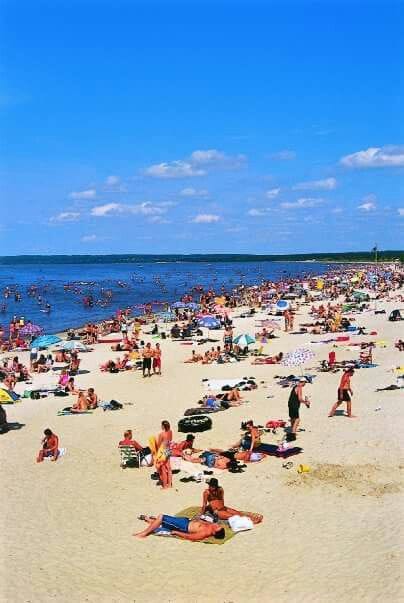
| Feature | Details |
|---|---|
| Type | Freshwater beach on Lake Winnipeg |
| Best for | Camping, fishing, and beachside hiking |
| Unique Experience | Soft, powdery white sand that feels tropical |
Grand Beach is a hidden gem with its clear lake waters and stunning sandy shoreline. It’s perfect for family vacations and outdoor adventure seekers.
Parlee Beach, New Brunswick
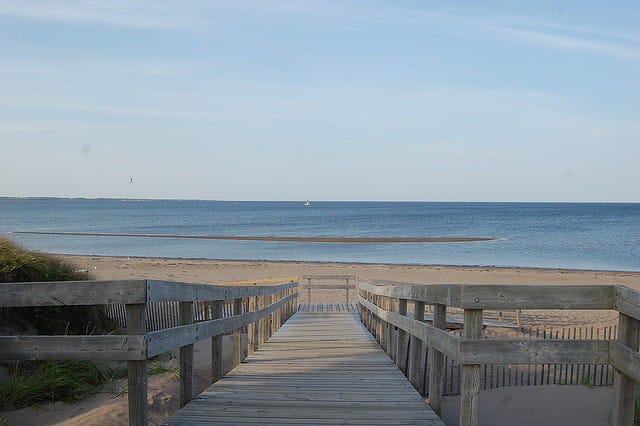
- The warmest saltwater beach in Canada
- Great for swimming and beach activities
- Located near Shediac, the “Lobster Capital of the World”
If you’re looking for warm ocean waters in Canada, Parlee Beach is the place to be. The beach’s shallow waters heat up quickly, making it a favorite summer destination. Plus, being so close to Shediac means you can enjoy some of the best seafood in the country after a day on the beach.
Chesterman Beach, British Columbia
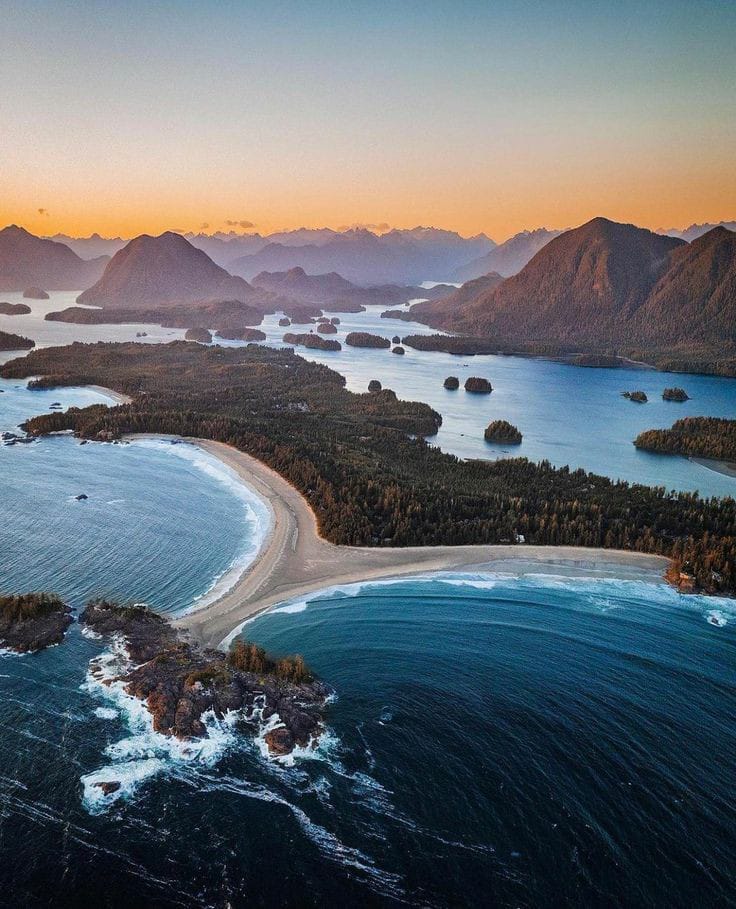
- A peaceful beach near the surfing town of Tofino
- Ideal for long walks, beachcombing, and sunset views
- Home to tide pools filled with marine life
Chesterman Beach is a quieter alternative to Long Beach but offers just as much beauty. With dramatic driftwood scattered along the shore and stunning sunset views, it’s a favorite among locals and visitors alike. It’s also a fantastic spot for beginner surfers and nature photographers.
Bennett Beach, Yukon
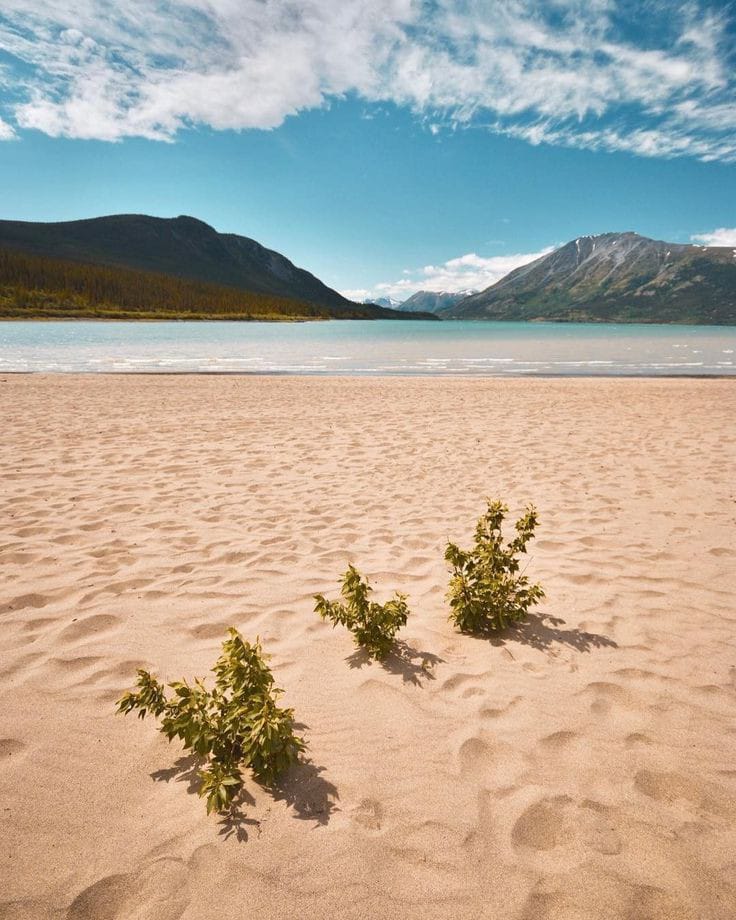
- One of Canada’s northernmost beaches
- Golden sands and clear blue waters
- Surrounded by stunning mountain views
Bennett Beach proves that even the Yukon has stunning beaches. Nestled along the shores of Bennett Lake, this hidden gem offers breathtaking scenery, peaceful waters, and a relaxing escape from city life. It’s an ideal spot for a summer retreat in Canada’s north.
Havre-Aubert Beach, Quebec
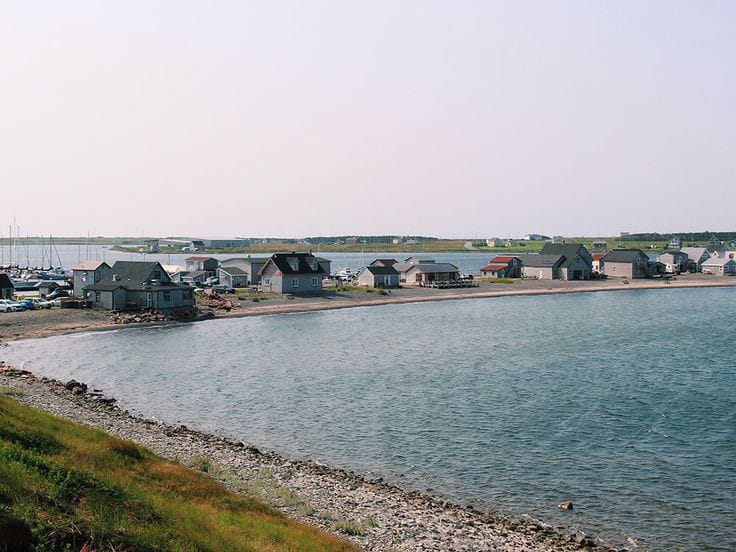
- Located in the Magdalen Islands, known for their stunning beauty
- A long sandy beach perfect for relaxation and photography
- Surrounded by charming fishing villages and red cliffs
Havre-Aubert Beach is one of the best-kept secrets in Canada. The Magdalen Islands offer a mix of stunning beaches, delicious seafood, and unique local culture. It’s a paradise for those looking to escape the hustle and bustle of city life.
Best Time to Visit Canada’s Beaches
- June to August: The warmest and best time for swimming and beach activities.
- September to October: Fewer crowds and beautiful fall colors, but cooler water temperatures.
- Winter (November to April): While most beaches are too cold for swimming, they offer stunning coastal scenery and opportunities for winter walks.
Wildlife and Marine Life on Canadian Shores
Canada’s beaches are teeming with wildlife. Visitors can spot:
- Seals sunbathing on the rocks
- Whales breaching off the coast of British Columbia
- Seabirds like puffins and terns
- Tidal pools filled with crabs, starfish, and sea anemones
The Unique Tidal Beaches of the Bay of Fundy
The Bay of Fundy, located between New Brunswick and Nova Scotia, is famous for having the highest tides in the world. The tides here can reach up to 16 meters (52 feet), dramatically transforming the coastline every six hours.
What Makes the Bay of Fundy’s Beaches Special?
- Walking on the Ocean Floor: At low tide, the ocean recedes, exposing vast areas of seabed where visitors can walk among sea caves, tidal pools, and unique rock formations.
- Hopewell Rocks: One of Canada’s most famous tidal landmarks, featuring towering rock formations shaped by the tides. At high tide, they become islands, and at low tide, you can walk around them.
- Burntcoat Head Park: This beach holds the record for the highest tide ever recorded and offers incredible opportunities for exploring the exposed seabed.
- Rich Marine Life: The extreme tides bring in nutrients, making this area a feeding ground for whales, seabirds, and diverse marine creatures.
Best Time to Visit:
- Low Tide: Perfect for exploring the ocean floor and unique rock formations.
- High Tide: Ideal for kayaking and witnessing the dramatic water rise.
If you’re looking for a truly one-of-a-kind beach experience, the Bay of Fundy’s tidal beaches offer an adventure unlike any other in the world.
Canada’s beaches may not be tropical, but they offer some of the most breathtaking and diverse coastal experiences in the world. Whether you’re looking for a sunny escape, a surfing adventure, or a quiet place to reconnect with nature, Canada has a beach for you.
Frequently Asked Questions (FAQs)
What is the warmest beach in Canada?
Parlee Beach in New Brunswick has the warmest saltwater in Canada, making it a favorite summer destination for beachgoers.
Are there tropical-style beaches in Canada?
Yes! Grand Beach in Manitoba and Wasaga Beach in Ontario have soft white sand and clear waters, giving them a tropical feel despite Canada’s cooler climate.
Can you surf in Canada?
Absolutely! Tofino in British Columbia is a world-class surfing destination, known for its incredible waves and beautiful coastal scenery.
Are Canada’s beaches good for wildlife spotting?
Yes! Many beaches, especially in British Columbia and the Atlantic provinces, offer excellent opportunities to see whales, seals, seabirds, and even tidal pool marine life.
What is the best time to visit Canadian beaches?
June to August is the best time for warm weather and beach activities, while September to October offers fewer crowds and stunning fall scenery.
